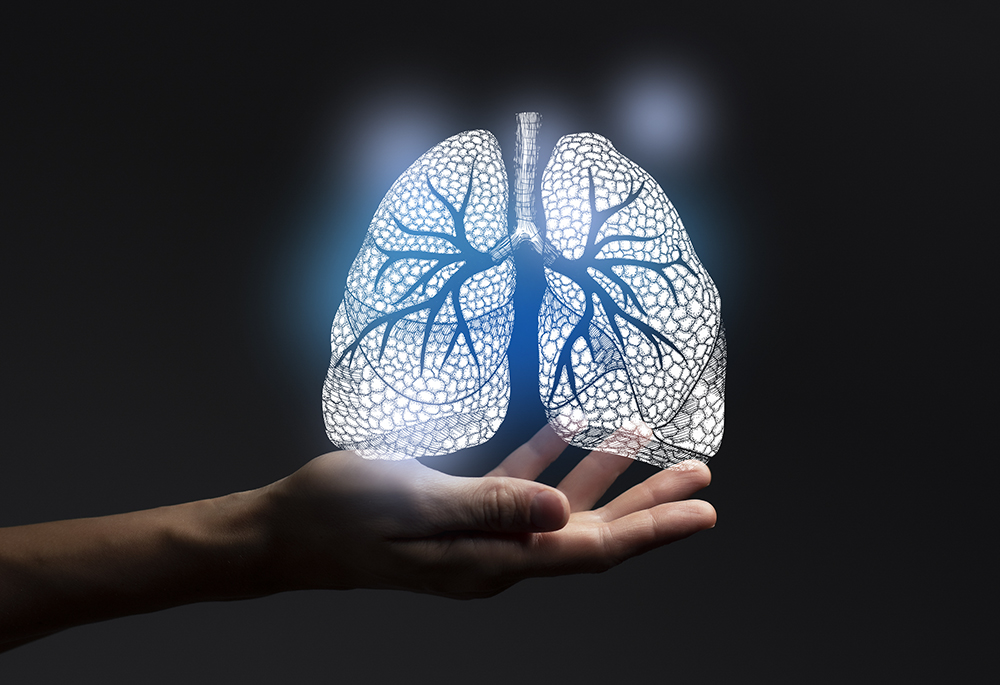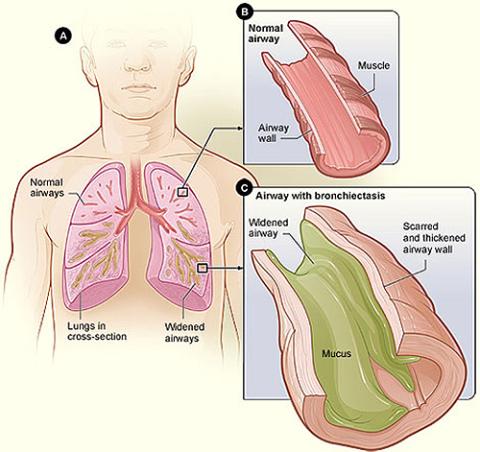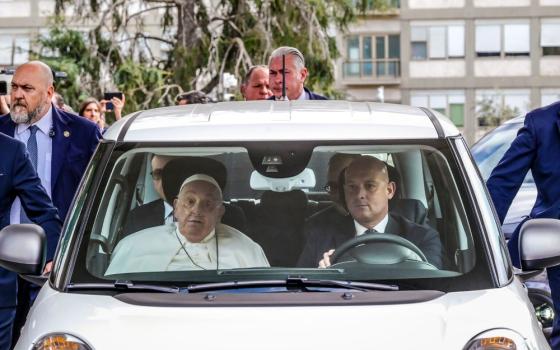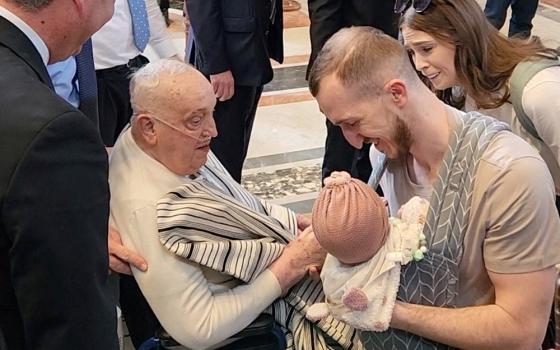
(Dreamstime/transurfer343)
The lung infection that forced Pope Francis into the longest hospital stay of his papacy likely is related to problems he has suffered because of the partial removal of his right lung when he was in his 20s, said a top pulmonary specialist in Rome.
The likelihood of success of Francis' treatment is difficult to say because "each patient makes his own story," said Dr. Barbara Moscatelli, who worked for 35 years as a pulmonologist and head of the respiratory pathophysiology and thoracic endoscopy service at Rome's Fatebenefratelli Hospital.
In a National Catholic Reporter interview, Moscatelli said that while she is not directly involved in the care of Francis, during her career at the same hospital where both Francis and all of his predecessors have made medical visits and hospitalizations, she has treated dozens of patients with the same medical conditions as Francis.
Fatebenefratelli Hospital where Moscatelli worked is located on Tiber Island in the heart of the Italian capital, just 2 miles from the Vatican. Since 2022, Fatebenefratelli has been an integral part of Rome's Gemelli Hospital, where Pope Francis is currently hospitalized to treat a lung infection. The new name of the hospital is Gemelli Isola.
Moscatelli said she personally knows almost all the doctors who are currently treating Francis. "The pontiff is in excellent hands," she said.
The following NCR interview was conducted in Italian and has been translated and edited for clarity and concision.
NCR: What kind of lung infection is Pope Francis battling?
Moscatelli: It is not an easy lung infection, either to define or to manage. It is mostly polymicrobial infections in elderly patients with an immune system that is not quite in the best shape and not able to defend itself independently, not only because of a deficiency in the immune system, but because of a structural deficiency in the lung. These are patients with COPD [chronic obstructive lung disease].
In these patients it is very common that there may be structural changes in the lungs, in the form of the bronchiectases.
What are bronchiectases?
Bronchiectases are sickle-shaped or fusiform dilatations of the bronchial tree. Under these conditions, the respiratory system and the bronchi become frequent sites of stagnant secretions that are a perfect cause for the growth of multiple pathogenic organisms at once, and this is where polymicrobial infections come from. The ground that facilitates such an infection is the advanced age of those affected.
Is the main cause of this infection the advanced age of the patient?
The problem may lie in that, yes, that is, in the ease with which multiple infections can occur at the same time in the same location.
In his early 20s, Pope Francis underwent a very delicate surgery to remove part of his right lung. Could this in your opinion be an aggravating factor that could complicate the pope's current health?
When lung-removal surgery is done at a young age, the lung adapts and settles in good condition in all the space it has in the rib cage. In this condition, if there are scars, they can pull on the bronchial tree and form these bronchiectases, which are the same ones that can lead to these polymicrobial infections later in life. So this is a contributing cause.
In the last public appearances we could all see how the pontiff was in pain, swollen and walking very little. This is quite a common occurrence in patients who need to make use of bronchodilators and cortisone to support respiratory function.
What types of treatment are typically given to such elderly patients?
On the treatment there would be a separate chapter to open. Very often in respiratory infections we almost never have the actual germ responsible for the infection unless we do an invasive test, that is, a bronchoscopy to go and take the germ inside the place where it produced the infection.
Advertisement
Usually, however, these are more of empirical treatments based on knowledge of the germs that more or less may have caused the infection. There are so many types of antibiotics, and they are all very effective, mainly of hospital use, either oral or injected directly into the lungs.
Is this treatment universally recognized, or would an Italian pulmonologist act differently than an American pulmonologist?
On this front, treatment is more or less the same all over the world, following guidelines approved in almost all countries.
What margin of success have you personally found on these treatments in your work as a pulmonologist?
This is a very painful question, because cure rates are a purely mathematical calculation, but we are dealing with biology here. This is a completely different problem. Each patient makes his own story, it is hard to say.
Some patients also need respiratory support, that is, to do more or less invasive ventilation to support respiratory function compromised by the infection, with tubes or external masks. Hopefully, this is not necessary for the pope, because it would be extremely exhausting.





